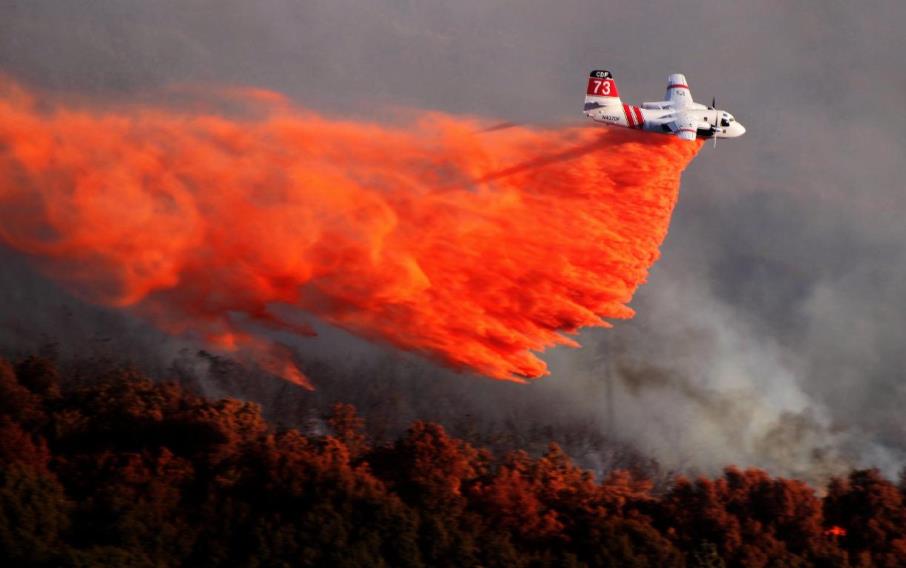October 30th, 2016 at 7:13 pm (Flying, Politics)
The Aircraft Owners and Pilots Association (AOPA) is one of my favorite organizations, mainly due to their intense dedication to ongoing education and pilot safety. They also do a lot of advocacy for the general aviation (GA) community.
This AOPA article provides a fascinating glimpse into the intersection of the current presidential election and GA:
Election 2016: Plane Politics
Wow, both Trump and Clinton have already spent millions of dollars to cover their campaign travels. Even more wow: it costs them “between $5,000 and $14,000 per flight hour” (!!). My brain boggles at this. I pay $105 per hour to fly a Cessna 172. You wouldn’t want to tour the country for a campaign in it, but still…
The biggest wow? To fly Air Force One, “the government places the price tag at $206,337 per flight hour.” (!!!) You could just buy a new plane every hour and have money to spare. (This figure includes security costs and presumably the staffing as a whole as well as the plane itself, fuel, etc.)
The article also reports on the results of several questions AOPA posed to both presidential candidates. Only one candidate replied. Guess which one?

Both candidates’ campaign planes
Comments
October 7th, 2016 at 7:59 pm (Flying, Society)
In late June, a forest fire came within a mile of my house. I stood outside transfixed, watching the firefighting planes dive and drop red fire retardant in a scarlet line on the hillside to keep the fire from reaching us. Truly awe-inspiring!
I’m now preparing to interview one of those pilots, for a course project. California’s state firefighting organization is CalFire, which employs helicopter pilots year-round and airplane pilots seasonally. CalFire has 23 Grumman S-2T airtankers that drop the fire retardant, and two of them are based nearby at the Hemet-Ryan Air Attack Base. You can browse California’s most recent fires.

This is not an easy job, and the qualifications are steep – 1500 hours of flying experience, 1200 of which as pilot in command. To pilot an airtanker, you must also have commercial, multi-engine, and instrument ratings. You have to be willing to fly low and slow, in steep terrain, with powerful winds and in the heat. Any one of those is a risk factor, and combining them all together makes for some of the most challenging flying out there.
Aerobatic pilot superstar Patty Wagstaff has also joined CalFire: she doesn’t fly the large airtankers but instead flies smaller tactical aircraft, in which she helps the flight supervisor monitor the fire and coordinate its response. Talk about precision ground reference maneuvers!
But the job is risky (pilots die), and the planes are expensive, and there is some debate about whether they are a cost-effective way to fight fires. Yet by now the public expects to see them out there on the front lines, and I can attest that it was very cheering to see them keeping that fire away from my home. (It is impossible to see all of the ground firefighters from the same distance, sadly!)
I’m very much looking forward to talking to one of these pilots in person! So many questions to ask. :)
Comments
October 2nd, 2016 at 12:57 pm (Spanish)
I’m going through an interesting course on Spanish phonetics with the goal of improving my pronunciation. The course started out by going through the alphabet with pretty basic stuff, but now it’s getting more interesting and challenging. In lesson 5 we tackled dipthongs (los diptongos), which are two vowels that are blended into a single sound.
We have a lot of these in English, but as native speakers we don’t really notice them until they’re called out. An example is “ay” in “ray” – it’s really two vowels (“eh” and “ee”) that are blended together. (Here are more English dipthong examples, aimed at Russians learning English!).
Spanish identifies quite a lot of them, and these helped me finally understand some details I’d noticed but couldn’t figure out before. For example, “dÃa” (day) is only one syllable, but I kept wanting to pronounce it as two (“dÃ-a”). Instead, it’s “dyah”, one syllable. And in general Spanish seems to default to stressing the second-to-last syllable, with an accent employed to override this; the dipthong concept now explains why “comedia” (which is stressed on the second syllable) doesn’t need an accent on the e: “dia” is (again) one syllable, not two!
This contrasts with the hiatus, which is when two adjacent vowels are pronounced separately (and in separate syllables). An example in English is, in fact, the the “ia” in “hiatus” :). In Spanish, words like “caer” (to fall) and “leer” (to read) have hiatuses.
Next up are lessons on where the stresses are placed in Spanish words!
Comments

